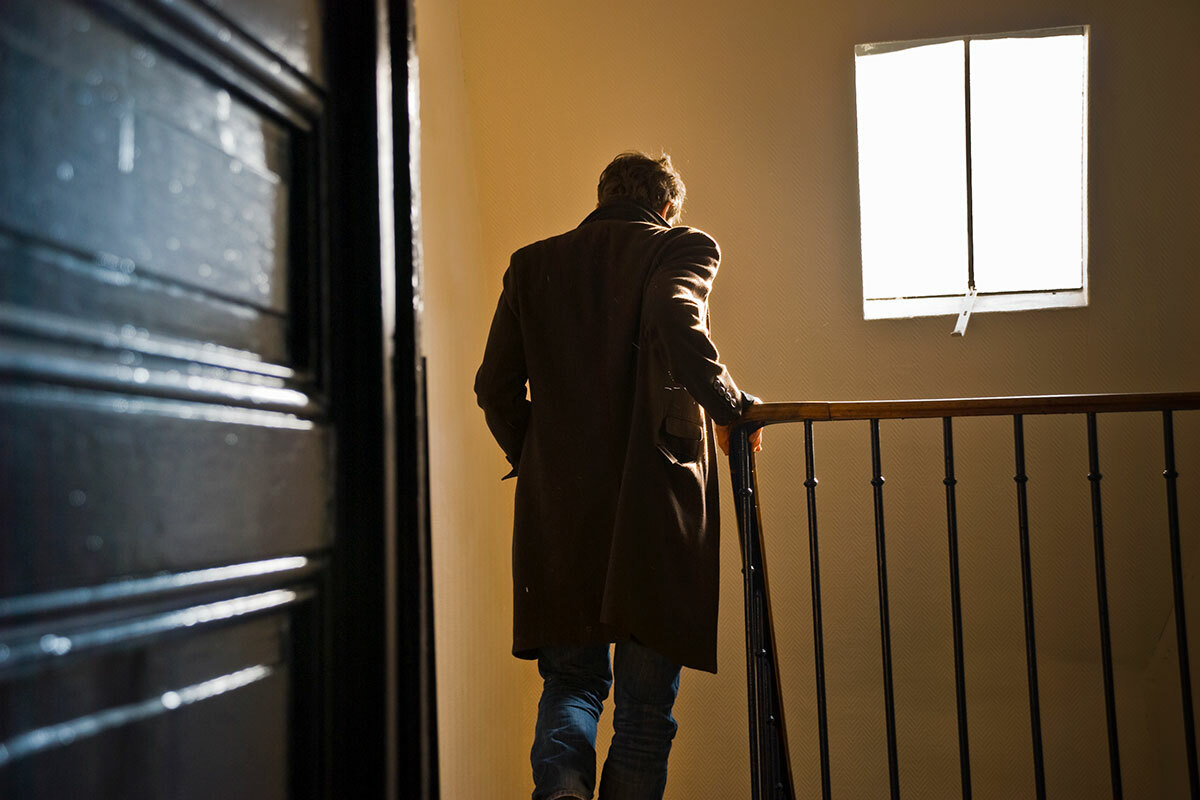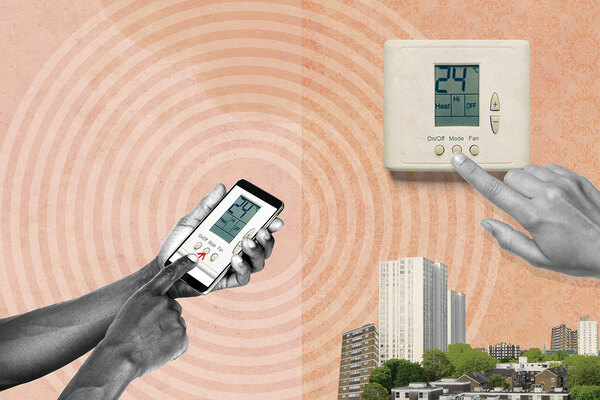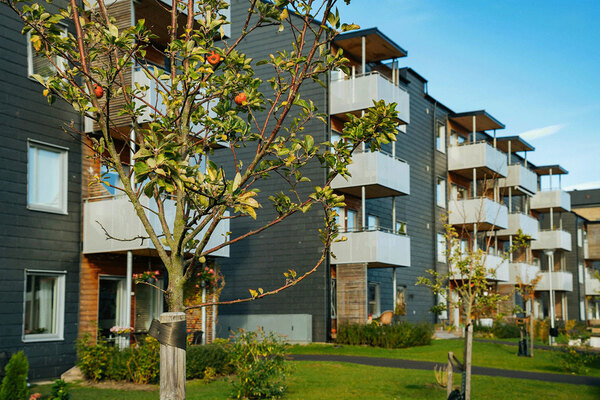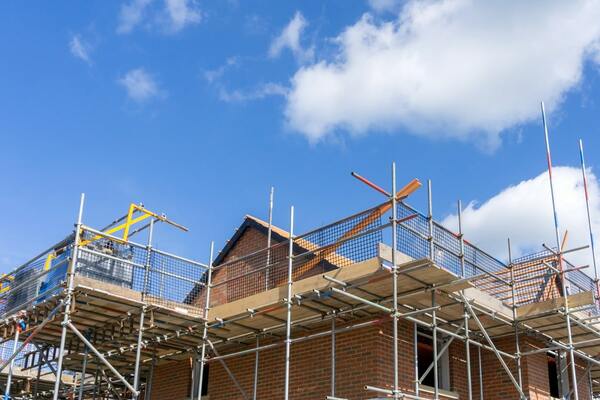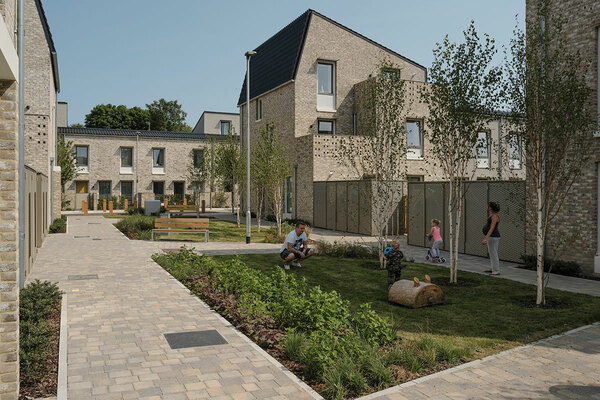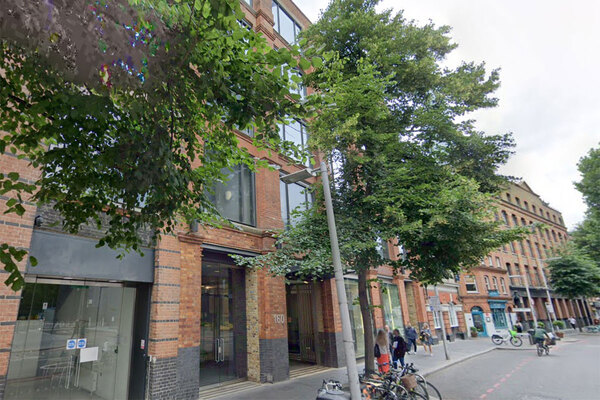
The pandemic is a challenge to current practices of development
From stairs and lifts to balcony or garden space, the coronavirus lockdown raises specific questions for future development design, says architect Rory Bergin
The current pandemic is forcing most of us to spend the entire day in our homes when we would usually expect to be at work, and for many of us it is forcing us to look afresh at our homes, our lifestyles and to reappraise what is ‘necessary’ in the design of our homes and the places around them. Do we need a longer-term view of housing and its purpose?
There is no doubt that we were woefully unprepared for this, in common with most Western countries that didn’t have SARS or MERS in recent years. Looking ahead, what do we need to consider in order to be better prepared for the next pandemic, whether that is a return of coronavirus or something else? What could we do, in housing design and management, to be better prepared?
Homes have been seen by recent governments as a way of enabling people to add equity or financial value, to climb the property ‘ladder’ as well as to have a place to live. Commercial buildings are seen as places where we work and homes are where we rest, sleep and relax. Homes are where you go to after work and they provided an important separation between the two. This is no longer true.
Changes in employment patterns, the ‘gig’ economy and the advancement of IT systems have been blurring the line between the two for some time, but the much-heralded move from working less in the office and working more at home hasn’t materialised for most people, until now.
Suddenly our homes are the engine of the economy. For a short period, we had the inclusion of a space for home working in affordable housing standards, but along with a lot of other standards these were abandoned in the aftermath of the last recession. Perhaps it is time to dust them off?
Many of us have had to set up home offices, or hastily assemble desks in bedrooms or living rooms, and as this temporary situation extends, some of us will be wondering whether this is a better way of life, particularly those with difficult commutes. Very few people, who have a choice, will be rushing back to a crowded tube or commuter train, and may focus on making use of the extra hours in the day to create a better work-life balance.
“Of particular concern are the conversions from commercial space to residential without planning permission, where regulations are silent on the need for private amenity space”
One of the issues that has been highlighted by the pandemic is the availability of private amenity space or access to adequate public amenity space. A combination of factors – school closures, confusion about the use of parks and public play equipment leading to most public play spaces being closed – have resulted in some people being forced to stay indoors with young children.
The importance of a private garden or a balcony for safe amenity has been highlighted. Of particular concern are the conversions from commercial to residential space without planning permission, where regulations are silent on the need for private amenity space.
Should we consider regulating private amenity space provision without being overly prescriptive, given it is likely that the people in the homes with the lowest amenity provision are those who are in most need of it?
Could we also consider a management plan for shared playspace? If shops can manage to stay open while maintaining social distancing, parks and play spaces can also be kept open. Local volunteers could be trained in supervising shared play spaces and provided with cleaning equipment.
The issue of overcrowded public transport will loom large in people’s concerns. Having successfully moved many commuter journeys from the car onto trains, we are now facing a regression as people will feel safer in their own cars, rather than on public transport.
Measures to prioritise cycling are an important signal now to prevent people from returning to unhealthier, and more polluting, modes of transport. The provision of secure cycle parking spaces has been a routine part of housing design in London for some time, and perhaps this crisis will spur other local authorities to develop stronger policies for cycling. Recent signals from government of significant spending on cycling infrastructure are a positive sign. Looking ahead, there will be more pressure on the provision of cycling spaces and probably on car parking spaces.
The use of lifts and how many people can use them simultaneously will be an issue. Many lifts will be reduced from carrying 10 to 14 people to carrying one or two, with the aim of enabling social distancing, and the use of stairs will increase dramatically. Currently stairs are often designed as places of last resort, to be used only in emergencies or when the lift isn’t working. Perhaps giving them more consideration in medium and high-rise building design would be wise.
“Many lifts will be reduced from carrying 10 to 14 people to carrying one or two, with the aim of enabling social distancing, and the use of stairs will increase dramatically”
Putting stairwells in front of lifts instead of behind them and giving them natural light and providing regular resting points every few floors for people who need them may help. Looking ahead, we may need to increase the amount of lift provision for taller buildings to enable more distance between occupants. We may also need to increase management and supervision of their use, and to increase the sanitisation of them. Perhaps there is an opportunity for some technical innovation – could lifts self-sanitise when they are not being used?
There is no doubt that the experience of the pandemic has varied for people in different circumstances. Some have been comfortable, with adequate space for family members and available amenity. For others it has been a painful experience that has highlighted the inadequacy of their homes and the lack of both space and amenity. Some of the failures of policy around the provision of affordable homes, and the lack of regulation of some basic requirements have been highlighted by this pandemic and it calls for a rethink about the purpose of our homes and a rebalancing of their importance in the development of policy. Places to live, work and play.
Rory Bergin, partner, HTA
Sign up for our development and finance newsletter
Already have an account? Click here to manage your newsletters
